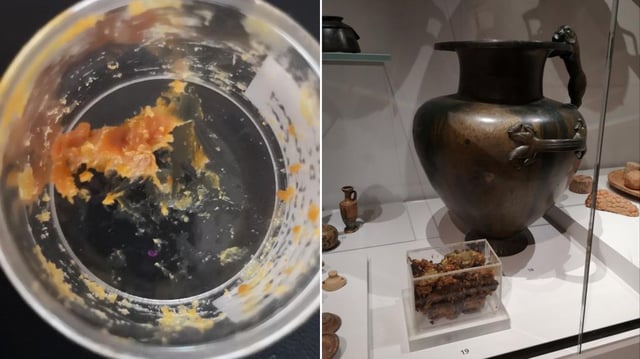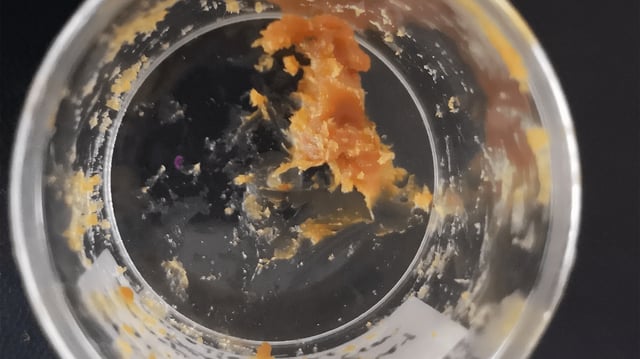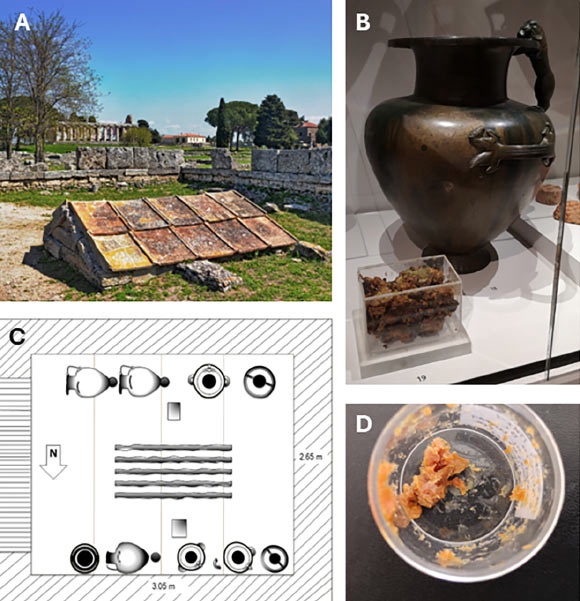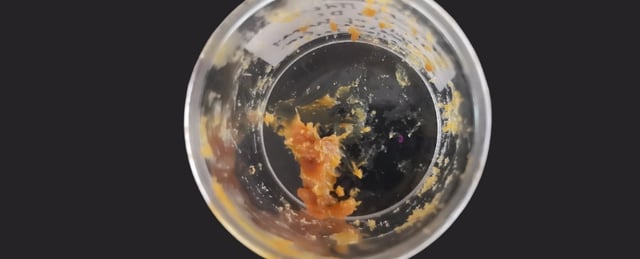Overview
- A Journal of the American Chemical Society study led by Dr Luciana da Costa Carvalho used gas chromatography–mass spectrometry and protein assays to detect intact hexose sugars and major royal jelly proteins in the residue
- Copper ions leached from the bronze vessels inhibited bacterial decay and facilitated long-term preservation of honey’s molecular markers
- Three separate analyses between the 1950s and 1980s had incorrectly classified the sticky material as animal or vegetable fats mixed with pollen and insect fragments
- The jars were unearthed in 1954 at an underground Greek shrine in Paestum dating to around 520 BCE and were brought to Oxford’s Ashmolean Museum in 2019 for reanalysis with modern biomolecular methods
- The confirmation of ancient honey expands the toolkit for complex residue analysis and sheds new light on honey’s role in Mediterranean ritual and medicinal practices



